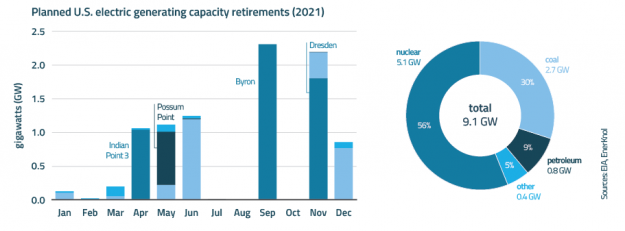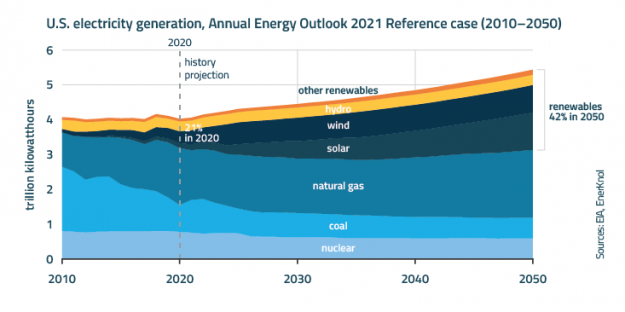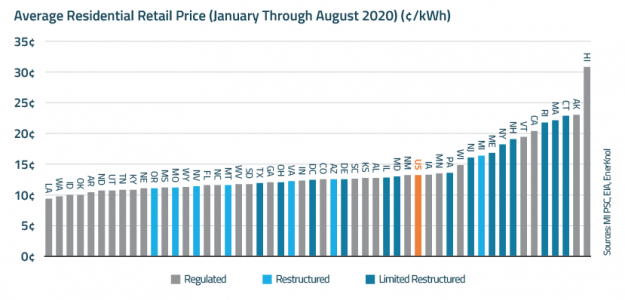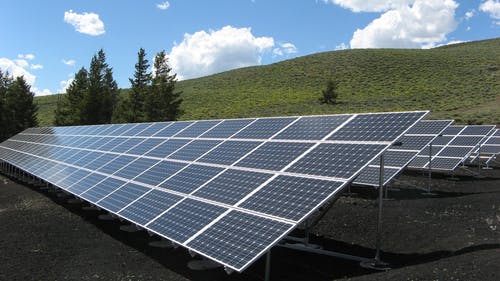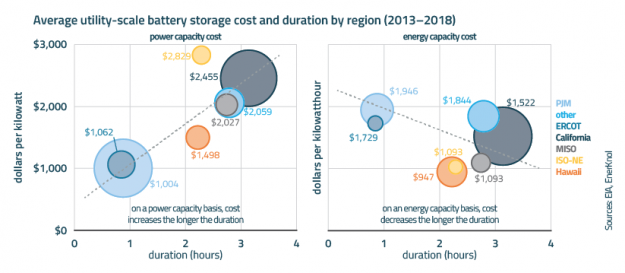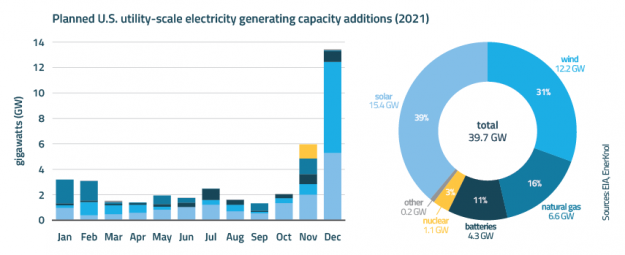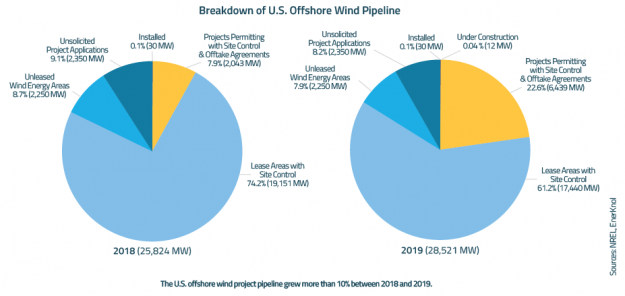Visual Primer: State Decarbonization Goals Spur Innovative Resource Planning Measures
Innovations in energy planning continue to emerge as state regulators devise programs and explore solutions that effectively meet customer needs and support policy goals. Recent state initiatives range from New York’s efforts to align gas planning with climate goals, to Maine’s investigation into the future design of the grid to accommodate growing renewables, and California’s transmission planning guidance to achieve ambitious decarbonization goals.
